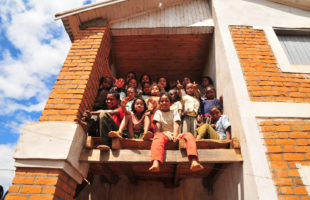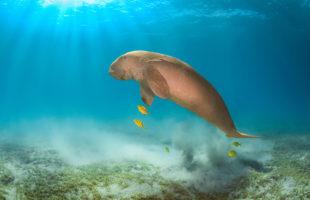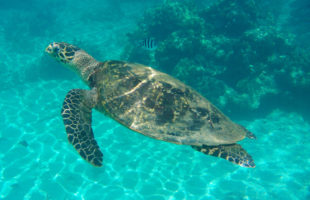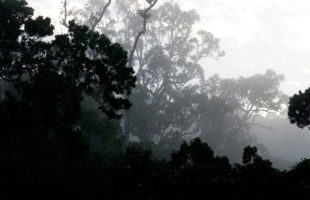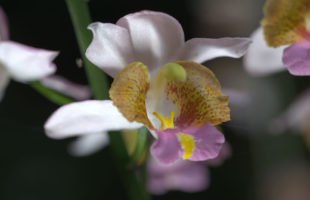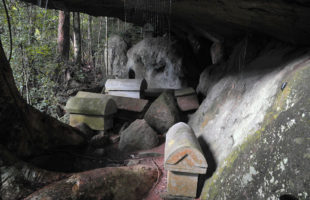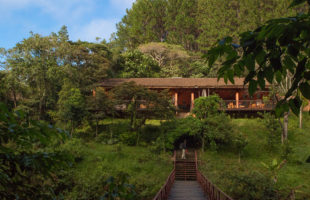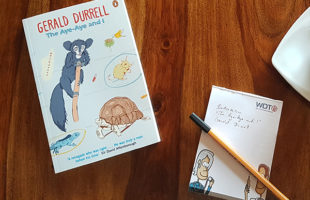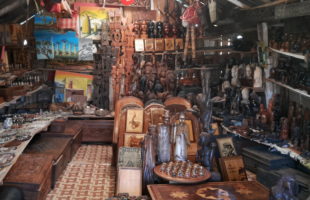As a traveller in Madagascar, you will hear about fadys sooner or later. Fady is the Malagasy word for taboo and probably derives from the Indonesian “pady”. But taboo is not the only meaning of this word, it is also used to call something sacred. Fadys are rules that concern situations as well as people, animals, locations or a certain …
LesenSuchergebnisse für: fady
The last dugongs
Madagascar’s coasts are home to a secret that few travellers know about. Not only is the island itself a treasure trove of biodiversity, but the sea around it is home to particularly rare mammals: dugongs (Dugong dugon). They depend on seaweed for their entire lives In Madagascar, they are called lamboara or trozogno. The term “sea cows” goes back to …
LesenThe Hawksbill Turtle
Once hunted for their tortoiseshell, now threatened with extinction Five species of sea turtles are found around Madagascar’s coasts and islands. One of the best known is probably the hawksbill turtle, Eretmochelys imbricata. It is most famous for its tortoiseshell, French caret, a term from the French Antilles. It refers to both the animal itself and the valuable tortoiseshell obtained …
LesenThe little forest spirits – Kalanoro
Many myths and legends surround the Kalanoro, the small forest spirits of Madagascar. The ethnic groups of the Betsimisaraka, the Sakalava, and the Bara are said to be early humans similar to the legendary Vazimba. The Tanala call them Fahasivy. Kalanoro is particularly small, not even one meter tall. Despite their small size, they are unusually strong. Kalanoro wear their …
LesenInselbergs Angavokely and Angavobe
Angavokely and Angavobe: The names Angavokely and Angavobe mean “few bats” and “many bats”. The names refer to the caves of the protected area where the harmless fluttering animals live. Location: The park of Angavokely and Angavobe is located only 36 km east of the capital Antananarivo. With a car and driver, it takes about one to two hours to …
LesenRanoro, the Daughter of the Water
Many centuries ago, in the times of the Vazimba, there existed the Zazavavindrano, the daughters of water. One of them was Ranoro. This is her story. One day, a young man from the Betsileo ran to the Mamba River in the central highlands of Madagascar. The man’s name was Andriambodilova. In the middle of the river, he spotted a beautiful …
LesenThe graves of Nosy Mangabe
If you visit the special reserve Nosy Mangabe in northeastern Madagascar, you will find some kind of graveyard halfway up to the highest point of the island. It is located in the west of the island, not far away from the campground and directly adjactent to one of the round trails. The graveyard belongs to the Betsimisaraka people who lives …
LesenProtected area Anjozorobe-Angavo
Anjozorobe-Angavo: The name Annjozorobe probably comes from the Madagascan “zozoro”, a certain kind of reed of the area. Legend has it that they were used as hiding places by the “menalamba”, who fought under the French colonial power for the liberation of Madagascar. Location: The protected area of Anjozorobe-Angavo is located 90 km northeast of the capital Antananarivo in the …
LesenThe Aye-Aye and I
Title: The Aye-Aye and I Author: Gerald Durrell Year published: 1992 Cover: Paperback Pages: 224 Publisher: Viking Price: 10,99 € ISBN: 978-0670920686 [yasr_overall_rating] Content description: In 1963, Gerald Durell founded Durell Wildlife Conservation Trust which is famous today far beyond England’s borders and cares for conservation of threatened animals worldwide. This book is a travelogue from his last expedition …
LesenWhat is allowed by customs?
After visiting such a fantastic country as Madagascar, you surely want to take some souvenirs home from your travel. However, there are some rules you have to take care of to avoid trouble at customs. Precious woods Rose wood and palisander are precious and rare, and you can get them in Madagascar still for relatively cheap prices. Although it has …
Lesen MADAMAGAZINE Your Magazine about Madagascar
MADAMAGAZINE Your Magazine about Madagascar
